I have republished my post of the Chinese New Year which you can see here:
My Virtual Walk ‘LONDON. 1066 AND ALL THAT VIRTUAL WALK’ is this Sunday 9th Jan. You can book here: But this is a short podcast about 1066 and London.

The Past brought to Life
I have republished my post of the Chinese New Year which you can see here:
My Virtual Walk ‘LONDON. 1066 AND ALL THAT VIRTUAL WALK’ is this Sunday 9th Jan. You can book here: But this is a short podcast about 1066 and London.
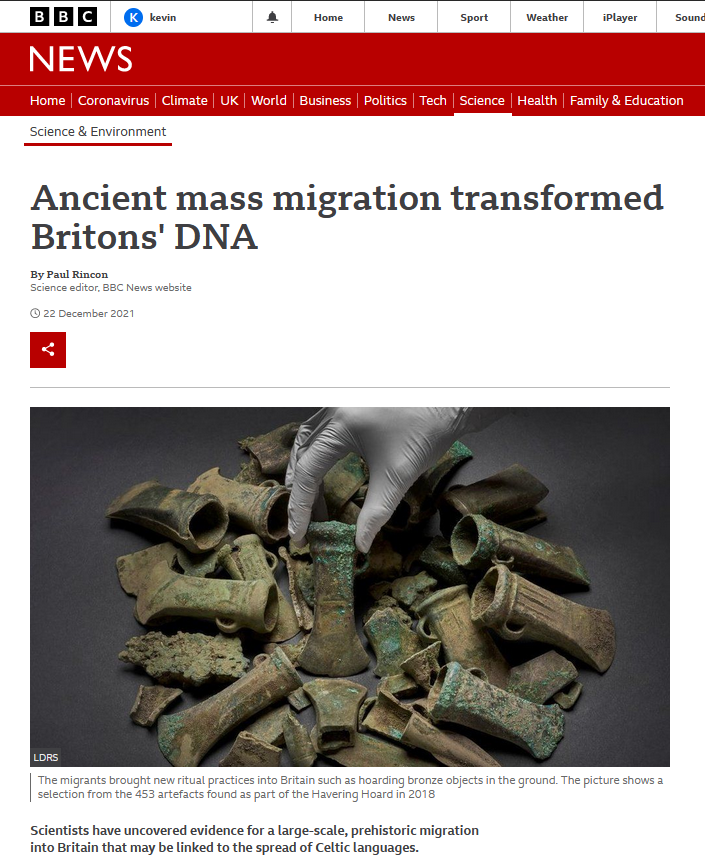
This BBC article reports on a genetic discovery by the Francis Crick Institute, co-authored with Prof. Barry Cunliffe, which shows a new genetic trait arriving in Kent and then, after a pause, spreading throughout England. It did not spread into Scotland and there is not enough data to show whether it moved into Ireland.
It is possible that it either brought the Celtic language with it. Or did it bring the Brythonic version of Celtic to England, leaving Scotland and Ireland speaking the pre-existing Goidelic version of the language branch?
The article also discusses the spreading of a gene for tolerance to lactose which spread rapidly, suggesting it must have contributed greatly to genetic survival. They postulate some existential threat during the Bronze Age which allowed those who could drink milk to survive much better than those who did not.
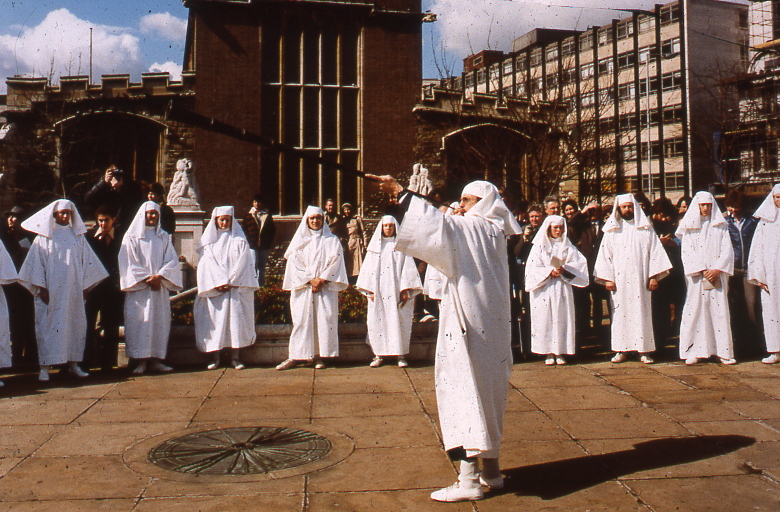
On this walk we look at how London has celebrated the New Year over the past 2000 years, and using our crystal ball look forward to what will befall London in 2022
Sunday January 2nd 2022 7.30pm
We look at London’s past to see where and how the Solstice might be celebrated. We also explore the different New Years we use and their associated Calendars – the Pagan year, the Christian year, the Roman year, the Jewish year, the Financial year, the Academic year and we reveal how these began. We look at folk traditions, Medieval Christmas Festivals, Boy Bishops, Distaff Sunday and Plough Monday, and other New Year London tradition and folklore.
At the end we use ancient methods to divine what is in store for us in 2022.
The walk finds interesting and historic places in the City of London to link to our stories of Past New Year’s Days. We begin, virtually, at Barbican Underground and continue to the Museum of London, the Roman Fort; Noble Street, Goldsmiths Hall, Foster Lane, St Pauls, Dr Commons, St. Nicholas Colechurch and on towards the River.
To book
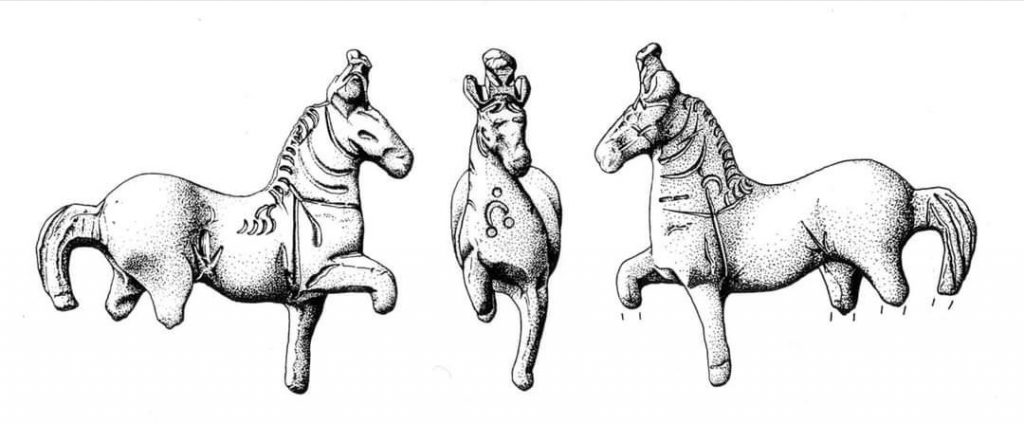
I’ve been too busy working on my Jane Austen and Christmas Virtual Tour (Sunday 19th December 7.30) to post over the last few days. And I have, therefore, shamelessly stolen this post off my facebook friend Sue Walker, who is a talented archaeological illustrator, artist and a very good photographer.
She wrote: ‘the 18th December is the festival of the Celtic goddess Epona, the protector of horses she was adopted by the Romans and became a favourite with the cavalry. This finely sculpted bronze horse with a head dress and symbol on its chest is 37mm high – found in Bunwell #Norfolk #Archaeology’
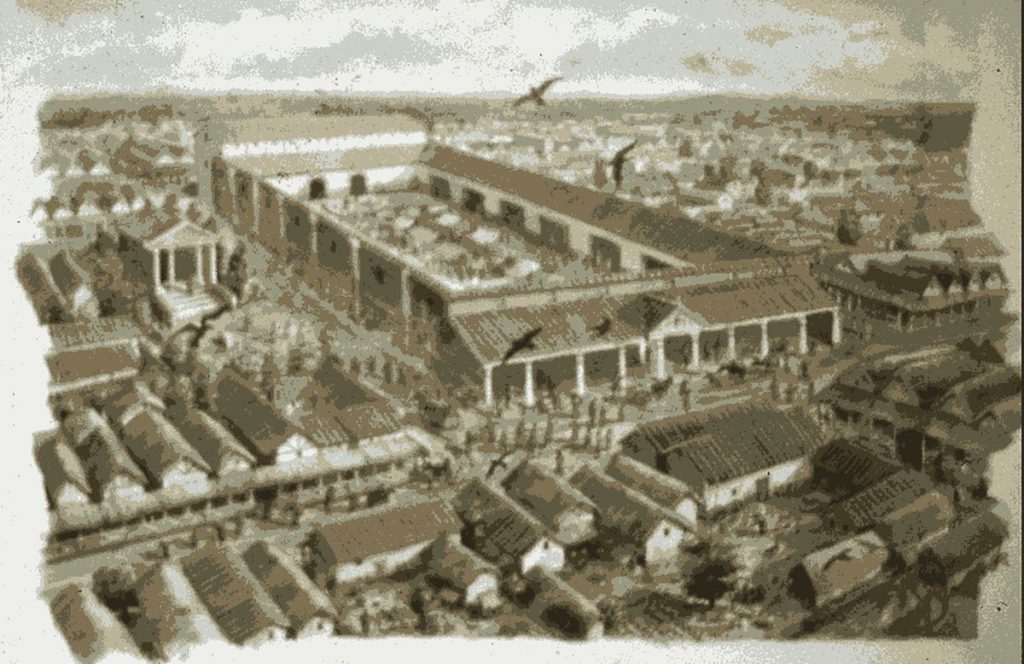
ROMAN LONDON – A LITERARY & ARCHAEOLOGICAL VIRTUAL WALK
Sunday 12 December 2021 11.30 MONUMENT TUBE VIRTUAL TOUR 7.30pm
This is a virtual sightseeing tour of Roman London accompanied by Ovid, Martial, ex Museum of London Archaeologist Kevin Flude and others.
The virtual walk is led by Kevin Flude, a former archaeologist at the Museum of London.
It features the amazing archaeological discoveries of Roman London, and looks at life in the provincial Roman capital of Londinium.
We disembark at the Roman Waterfront by the Roman Bridge, and then explore the lives of the citizens as we walk up to the site of the Roman Town Hall, and discuss Roman politics. We proceed through the streets of Roman London, with its vivid and cosmopolitan street life via the Temple of Mithras to finish with Bread and Circus at the Roman Amphitheatre.
Publius Ovidius Naso and Marcus Valerius Martialis will be helped by Kevin Flude, former Museum of London Archaeologist, Museum Curator and Lecturer.
This is a London Walks Guided Walk. Look at their web site for a list of other of their amazing walks.
REVIEWS (from London Walks website)
“Kevin, I just wanted to drop you a quick email to thank you ever so much for your archaeological tours of London! I am so thrilled to have stumbled upon your tours! I look forward to them more than you can imagine! They’re the best 2 hours of my week! 🙂 Best, Sue
To book the virtual tour:
To book the physical walk:
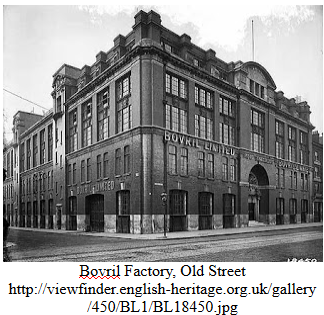
This is what my dad wrote about my Grandma’s work at Bovrils.
‘My mum left school at 14 years old, and went to work as a cook in the staff canteen at Bovril’s factory and offices in Old Street. The factory was opposite to Henry Street, where she lived. Everyone said my Mum was a great cook. My children used to love going to her house on a Saturday, as she made a superb tea of egg, bacon, beans and chips. Kevin, my son, tells me he has never tasted better fried eggs, and he hated going to her house on a Sunday as Sunday was the day for cucumber Sandwiches rather than a fry up.’
I looked up the factory and discovered that the Bovril factory was set up in 1889 to produce a meat extract from beef. The name came from Bo (bovinus – ox in Latin), and the suffix ‘vril’ came from an early science fiction novel by Edward Bulwer-Lytton‘ called the The Coming Race (1870), in which a superior race of the Vril-ya, gain their powers from an electromagnetic substance named “Vril”. Bovril is therefore the super-power given by eating Ox.
Scott, Shackleton and Edmund Hilary’s expeditions were powered by tea made from Bovril. The beef was from Argentina. In 1924 the company introduced ‘Marmite’ and in 1935 Ambrosia Creamed Rice.
Text has been transferred to two pages:
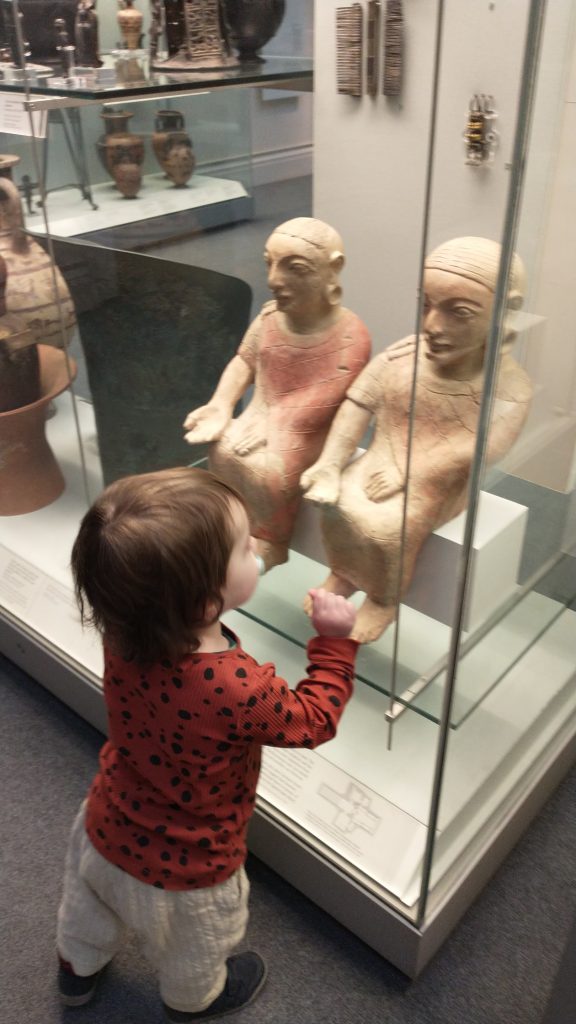
Now that I am a grandfather, and have taken my grandson to a couple of Museums I am, suddenly, an expert on the subject. My preliminary conclusions:
So, in conclusion. Make the Museum itself the playground. Use the playgrounds as part of the displays. Insist on floor length glass cases with knobs, bells, holes and textures integral to the design. Vary the floors, put markings on the floor for children to follow. Create little spaces every so often they can get into, climb on, explore.
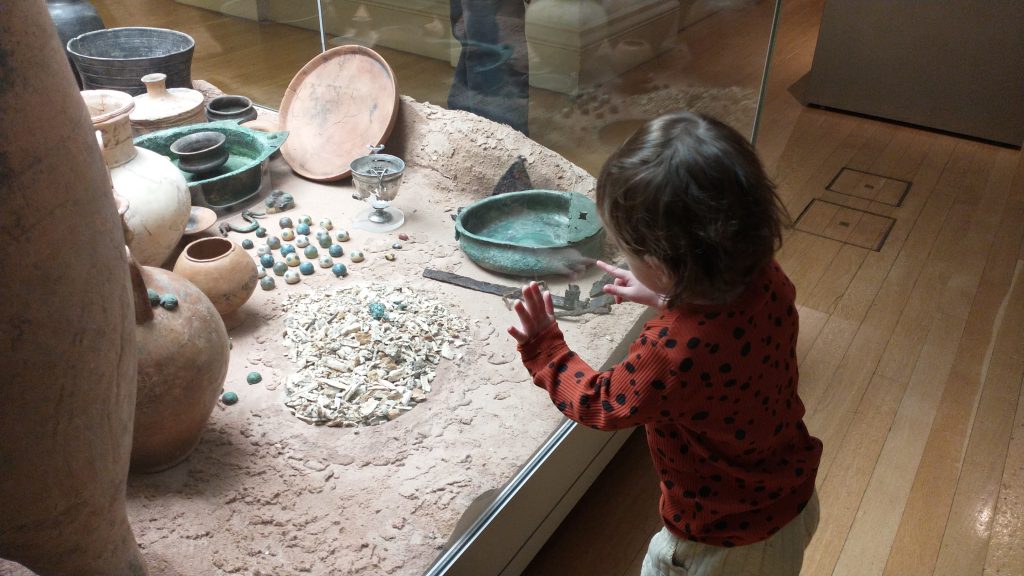
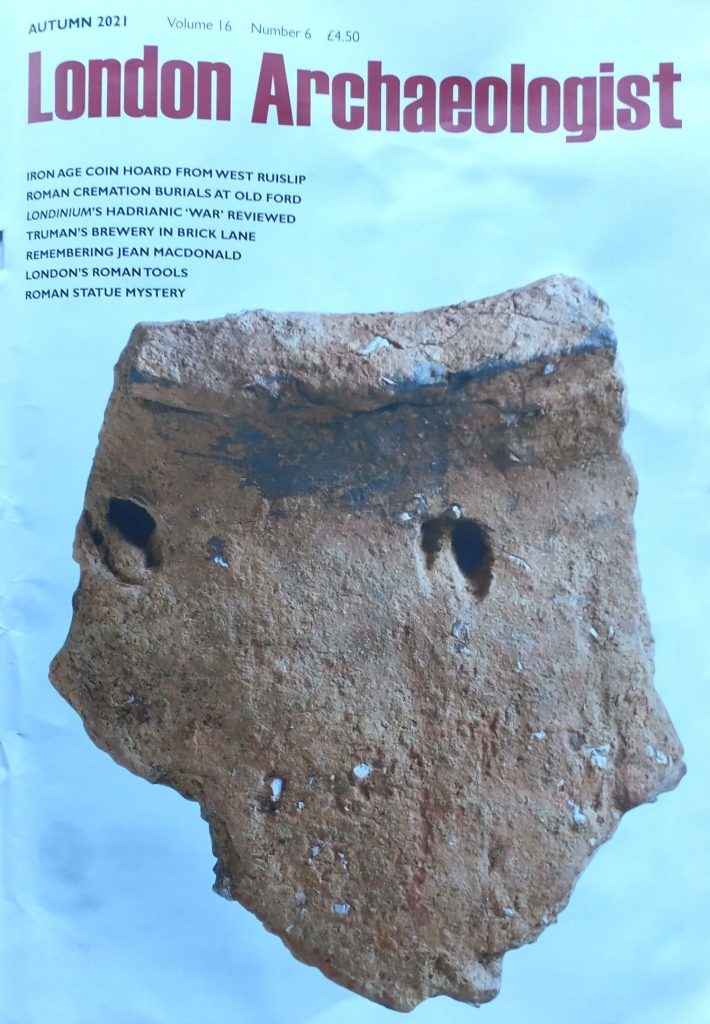
This is a really good introduction to the new finds in the Shorditch area, just to the north of Bishopsgate. Perhaps, the idea of a big ceremonial site is overmade. It is a very significant find.
The article also brings together bits of evidence building a picture of what might have been happening in the area before the Romans.
You can read it here:
I am doing walks that will look at this later in November.
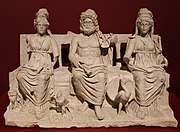
This was the second festival in the year dedicated to the three most important deities in the Roman pantheon. Jupiter the Sky God, God of Justice, God of Rome. His wife and sister, ‘Queen’ Juno, protector of women. Minerva, Daughter of Jupiter. Goddess of Wisdom and Craft.
The main Temple was in Rome on the Capitoline Hill, known as aedes Iovis Optimi Maximi Capitolini (“Temple of Jupiter Best and Greatest on the Capitoline”). Similar temples spread throughout the Roman world, normally with a triple cella (inner sanctum) to allow separation of worship between the three cults.
In London, a temple was discovered to the west of the first Forum (built AD 75). There is no clue as to its dedication, but the Capitoline Cult has been suggested as well as for the Cult of the Emperor.

Originally posted on November 12th, 2021. Revised November 15, 2023